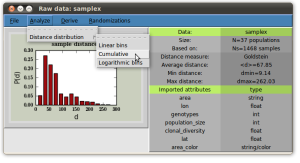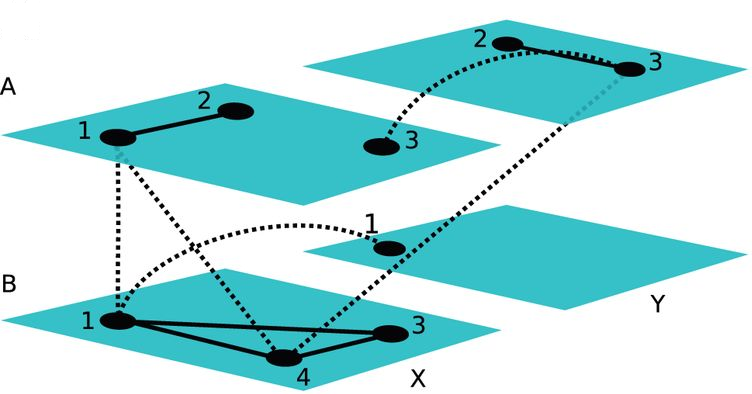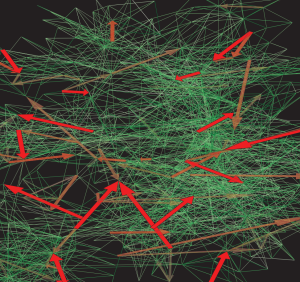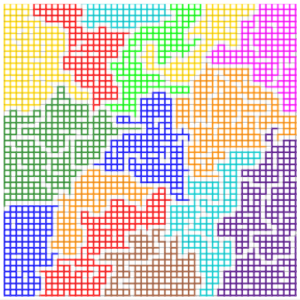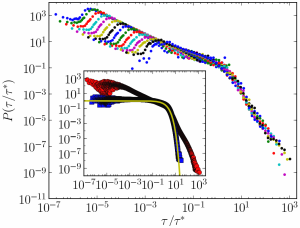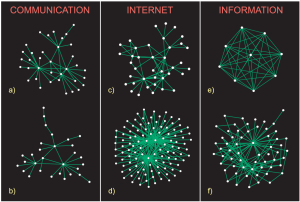M. Kivelä, S. Arnaud-Haond, J. Saramäki
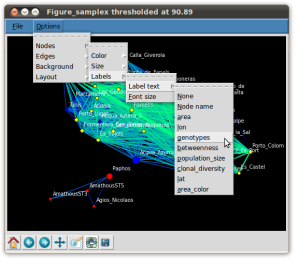
The recent application of graph-based network theory analysis to biogeography, community ecology and population genetics has created a need for user-friendly software, which would allow a wider accessibility to and adaptation of these methods. EDENetworks aims to fill this void by providing an easy-to-use interface for the whole analysis pipeline of ecological and evolutionary networks starting from matrices of species distributions, genotypes, bacterial OTUs or populations characterized genetically. The user can choose between several different ecological distance metrics, such as Bray-Curtis or Sorensen distance, or population genetic metrics such as FST or Goldstein distances, to turn the raw data into a distance/dissimilarity matrix. This matrix is then transformed into a network by manual or automatic thresholding based on percolation theory or by building the minimum spanning tree. The networks can be visualized along with auxiliary data and analysed with various metrics such as degree, clustering coefficient, assortativity and betweenness centrality. The statistical significance of the results can be estimated either by resampling the original biological data or by null models based on permutations of the data.
Molecular Ecology Resources 15(1) p. 117–122

